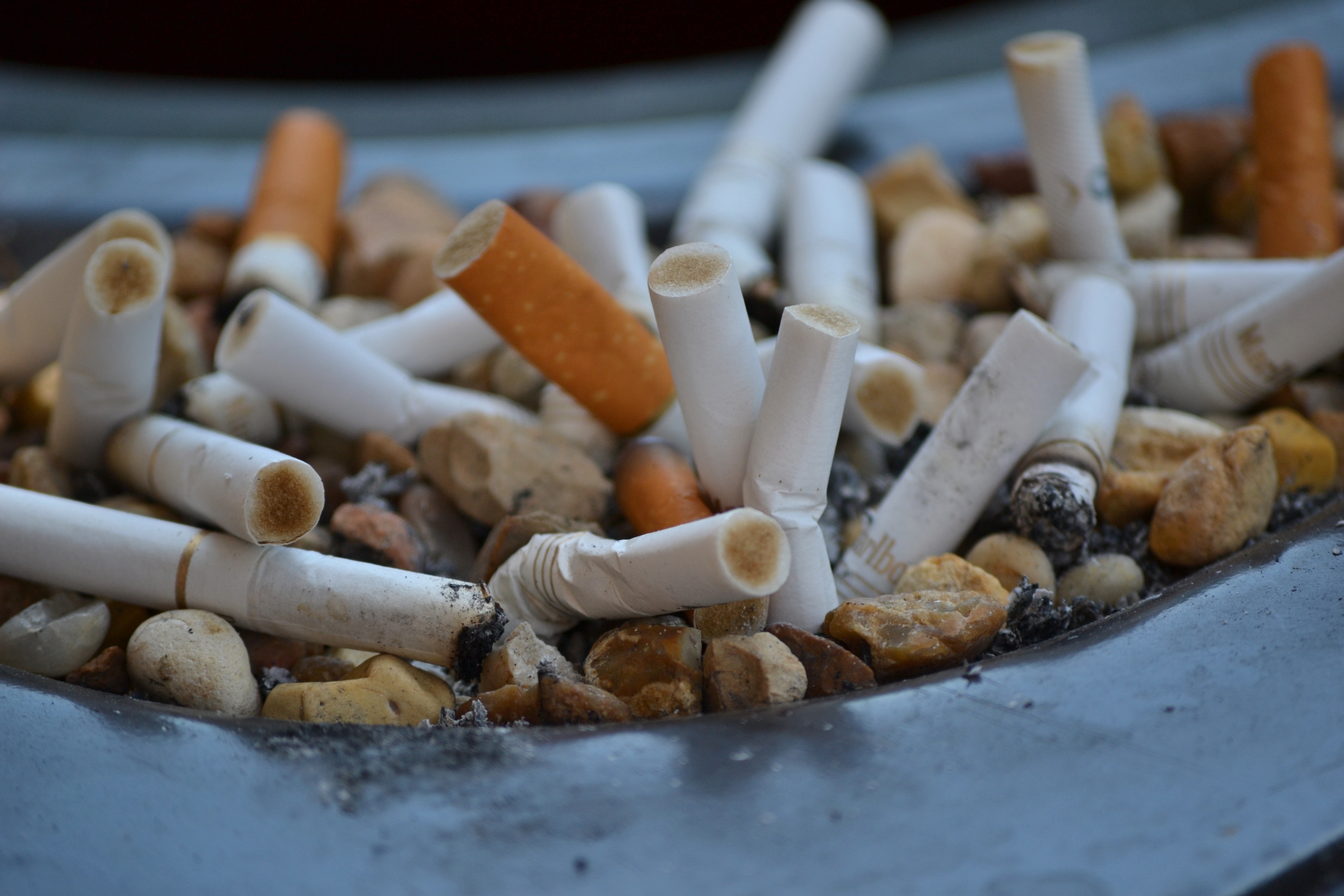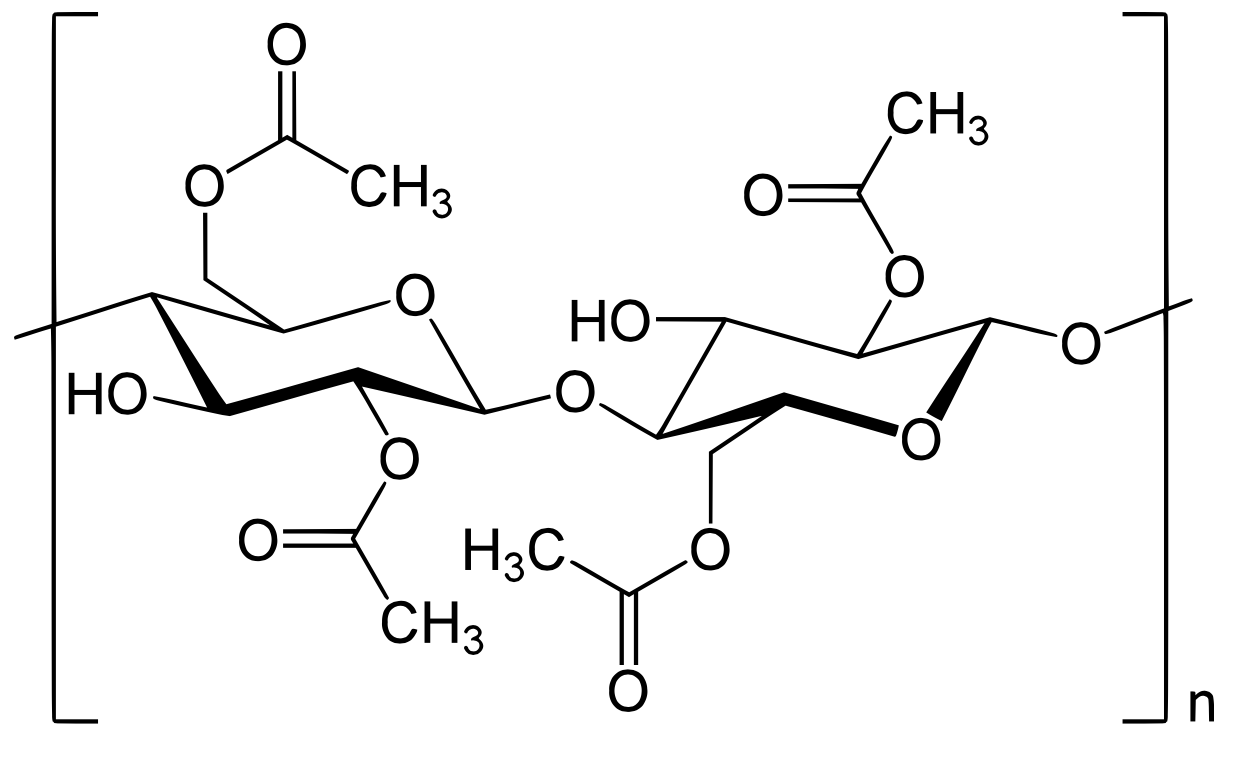Over a billion people all over the world smoke on average six trillion cigarettes every year and their littered cigarette butts pose a large environmental waste and water pollutant problem to the community and wildlife. However, a study done by researchers at the University of Nottingham uncovered that these waste products can be used as a source of hydrogen storage material.

Figure 1: Cigarette Butts Source: Flickr by Alexander C. Kafka
As of November 2017, Materials Chemistry Professor Dr. Mokaya and his undergraduate student Troy Blankenship successfully converted cigarette butts into the starting materials needed for hydrogen storing. Hydrogen can be used as an energy source because of its capacity to generate heat when burned or electricity when reacted with oxygen. This new discovery pushes industries closer in the direction to switch from coal based material to biomass or waste based reusable material for power and fuel.
Cigarette butts contain cigarette filters, a non-biodegradable film base material, called cellulose acetate. These compounds have been a popular subject of waste valorization, a form of converting existing biomass into high performance produce. Cigarette butts produce porous carbons, which have the highest hydrogen storage capability to be currently documented. These findings have a major impact on reducing the litter on public properties and the environmental pollutant of cigarette butts. Toxic heavy metals are found in cigarettes and can wash up into large bodies of water, possibly harming humans and wildlife.

Figure 2: Cellulose Acetate Source: Google by Wikimedia Commons
The littered cigarette butts undergo a process of hydrothermal carbonization by adding only water and heat to synthesize a carbon compound called hydrochar. Hydrothermal carbonization imitates the natural process of coal formation in a close container subject to high temperature and intense pressure. Once this product is activated, the compound becomes highly oxygenated, rich in pore volume and increased in surface area. To measure the hydrogen concentration, the compound was weighed before and after the addition of purified hydrogen. Hydrochar can then store hydrogen that can replace gasoline to fuel vehicles and other forms of transportation or natural gas to heat buildings and houses.
Linked Vimeo Video: Biomass Animation by David Curtis
Further research needs to be done in the production of sustainable energy storage materials in the investigation of valorization possibly solving the waste of 800,000 metric tons of cigarette butts produced every year. With oil increasing in value, decreasing in amount and massive increase in carbon dioxide emissions, the need to stray away from fossil fuels is bigger than ever.
-Tiffany Liew
References:
Marksman, D.E., Pirverdyan, A.I., Mokhnachev, I.G., & Perepechkin, L.P. Cellulose acetate fibre for cigarette filters. Fibre Chem. 1971, 3, 292-293.
Mokara, R., & Blankenship, T. Cigarette butt-derived carbons have ultra-high surface area and unprecedented hydrogen storage capacity. Energy Environ. Sci. 2017, 10, 2552-2562.
Tuck, C.O, Perez, E. Horvath, I.T., Sheldon, R.A., & Poliakoff, M. Valorization of Biomass: Deriving More Value from Waste. Science. 2012, 337, 695-699.
